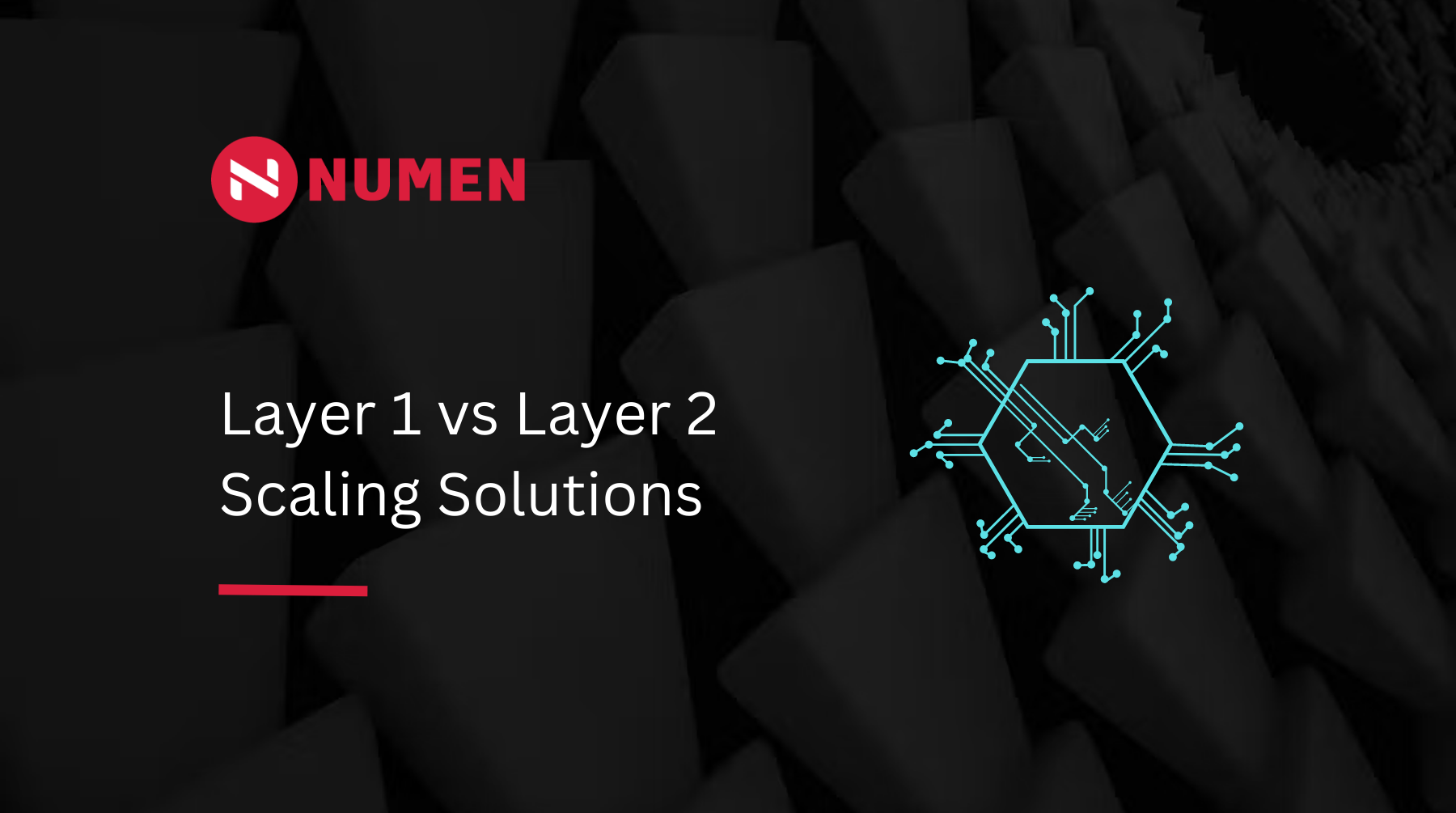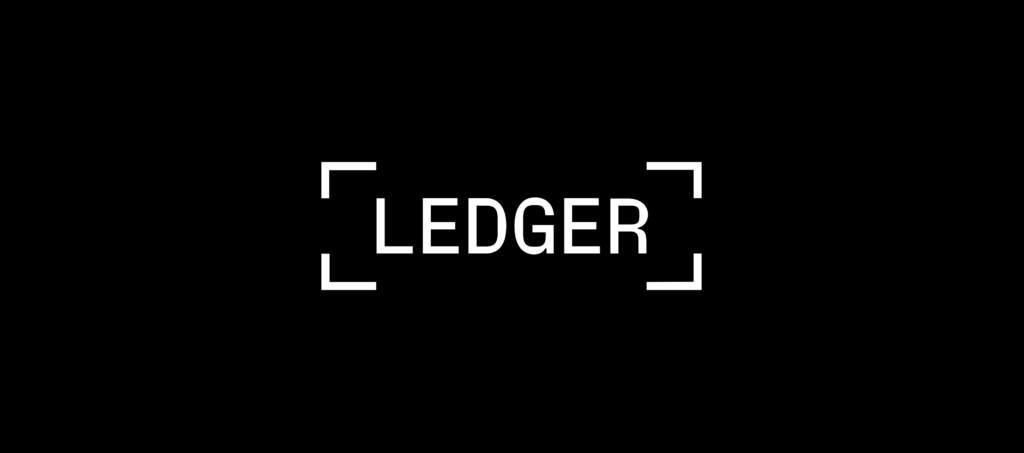
Blockchain and cryptocurrencies have taken the world by storm in recent years, with more and more people adopting these technologies every day. However, as the number of users and transactions on these networks continue to grow, scalability has become a significant challenge for many blockchain projects.
This has led to the development of various scaling solutions, including both Layer-1 and Layer-2 solutions. In this blog, we’ll explore the differences between these two types of scaling solutions and their respective advantages and limitations.
What is Blockchain Scalability?
Blockchain scalability refers to a blockchain’s ability to handle an increasing number of users and transactions over time without compromising its security, decentralization, or performance. A scalable blockchain network can handle a high volume of transactions in a reasonable amount of time, while ensuring that each transaction is secure and validated by multiple nodes in the network.
Scalability is a critical factor in the adoption and success of blockchain technology. As blockchain networks continue to grow in popularity, the number of transactions processed by the network also increases, leading to potential congestion, longer confirmation times, and higher transaction fees. In some cases, this can make blockchain networks less practical for everyday use, especially for applications that require fast and affordable transactions.
Blockchain scalability is often described as the “Blockchain Trilemma,” which posits that it’s challenging to achieve all three aspects of decentralization, security, and scalability in a single blockchain network. Typically, blockchain networks can only optimize two of these factors at a time. For instance, a blockchain network may prioritize decentralization and security, which could limit its scalability. In contrast, a more scalable blockchain network may compromise on decentralization or security to achieve higher throughput.
To overcome the scalability challenge, developers have proposed various solutions, including Layer 1 and Layer 2 scaling solutions. Layer 1 scaling solutions aim to improve the throughput of the main blockchain network by changing its architecture or mechanisms directly. In contrast, Layer 2 scaling solutions operate on top of the underlying network and use an external, parallel network to facilitate transactions. These solutions offer new ways of managing transactions that can improve scalability while maintaining the security and decentralization of the blockchain network.
Layer 1 Networks
Layer 1 networks, also known as base-layer blockchains, are the backbone of the blockchain architecture. They are the primary infrastructure for a blockchain network and process and record all transactions within the system. Examples of popular Layer 1 networks include Bitcoin, Ethereum, and BNB Chain.
Scalability Challenges
One of the key challenges facing Layer 1 networks is scalability. As the number of users and transactions on a network grows, the network’s throughput capability becomes increasingly critical. Throughput is the measure of the speed and efficiency of a blockchain network, showing how many transactions it can process and record within a specific timeframe.
When the number of simultaneous transactions rises, a Layer 1 network can become slow and expensive to use, resulting in longer confirmation times and higher transaction fees.
Scalability Issues Revisited
To address these scalability issues, Layer 1 networks have several options to increase throughput and overall network capacity. For instance, some Layer 1 networks use a Proof-of-Work (PoW) consensus mechanism that requires miners to compete to solve complex computational puzzles before validating transactions. A potential solution for increasing throughput on PoW-based networks is a transition to Proof-of-Stake (PoS), which uses validators instead of miners and allows for a higher number of transactions per second while reducing processing fees.
Another option is to introduce scalability solutions that tweak the architecture of the main blockchain. These solutions are typically introduced by the project’s development team and require the network’s community to either hard fork or soft fork the network.
For example, Bitcoin’s SegWit update introduced a soft fork that increased the block size limit, while other changes, such as increasing the block size to 8MB, require a hard fork that creates two versions of the blockchain. Sharding is another scalability solution that involves splitting a blockchain’s operations across multiple smaller sections that can process data simultaneously, rather than sequentially.
Solana, Aptos, and Sui have implemented a novel approach to scalability by introducing parallel execution as a new solution. These blockchain networks distinguish between read and write sets using specialized data structures, enabling the execution of transactions that do not have read and write conflicts to occur simultaneously, thereby significantly improving the network’s transaction speed and concurrency.
This innovative technique has garnered attention from blockchain enthusiasts and experts alike, and it’s exciting to see how it will continue to impact the blockchain ecosystem in the future.
Layer 2 Networks
Layer 2 scaling solutions are built on top of existing blockchain networks and operate separately from the main blockchain. These solutions aim to increase the scalability of the blockchain by processing transactions off-chain, which means that they are not recorded on the main blockchain until later. This reduces the burden on the main blockchain, allowing it to process more transactions.
Rollups
One type of Layer 2 scaling solution is rollups. Rollups bundle off-chain transactions and submit them as one transaction on the main blockchain. This significantly reduces the number of transactions that need to be recorded on the main blockchain, increasing the network’s throughput. Zero-knowledge rollups use validity proofs to ensure the integrity of the transactions.
Assets are held on the original chain with a bridging smart contract, and the smart contract confirms that the rollup is functioning as intended. This provides the security of the original network with the benefits of a less resource-intensive rollup.
Sidechains
Another type of Layer 2 scaling solution is sidechains. Sidechains are independent blockchain networks that have their own set of validators. They are connected to the main blockchain through a bridging smart contract. Sidechains operate independently of the main chain, meaning that the bridging smart contract on the main chain doesn’t verify the validity of the sidechain network.
This means that users need to trust that the sidechain is operating correctly as it is able to control assets on the original chain.
State Channels
State channels are another type of Layer 2 scaling solution. They create a two-way communication environment between transacting parties. The parties seal off a part of the underlying blockchain and connect it to an off-chain transaction channel. This is usually done via a pre-agreed smart contract or a multi-signature. The parties then execute a transaction or a batch of transactions off-chain, without immediately submitting transaction data to the underlying distributed ledger.
Once all transactions in the set are complete, the final “state” of the channel is broadcasted to the blockchain for validation. This mechanism improves transaction speed and increases the overall capacity of the network.
Nested Blockchains
Finally, nested blockchains are a Layer 2 solution that relies on a set of secondary chains that sit on top of the main, “parent” blockchain. These chains operate according to the rules and parameters set by the parent chain. The main chain doesn’t participate in executing transactions, and its role is limited to dispute resolution when necessary. The day-to-day work is delegated to “child” chains that return the processed transactions to the main chain upon completion.
Nested blockchains are an instance of a Layer 2 solution that aims to improve the scalability of the network.
Differences Between Layer 1 vs Layer 2 Blockchain
Layer 1 and Layer 2 blockchains are two different approaches to solving the problem of blockchain scalability. Layer 1 blockchains, as mentioned earlier, are the base layer of the blockchain architecture, which means they are the main structure of a blockchain network. Bitcoin, Ethereum, and BNB Chain are examples of Layer 1 blockchains.
These networks process and record transactions for their respective ecosystems, featuring a native cryptocurrency that is typically used to pay fees and provide broader utility. Layer 1 networks are often characterized by their high degree of decentralization and security, but their throughput capabilities are limited, making them slower and more expensive to use as the number of users and transactions increases.
Layer 2 networks, on the other hand, are built on top of other blockchains, like Bitcoin or Ethereum. These networks aim to address the scalability issues of the underlying Layer 1 network. They use external, parallel networks to facilitate transactions away from the main chain, thus reducing the load on the Layer 1 network.
Layer 2 solutions include rollups, sidechains, state channels, and nested blockchains, as explained earlier. These solutions offer faster and cheaper transactions, as well as higher throughput capacity compared to Layer 1 blockchains. However, Layer 2 solutions may sacrifice some degree of decentralization and security for increased scalability.
Another significant difference between Layer 1 and Layer 2 networks is the level of complexity involved in their design and implementation. Layer 1 networks are the base layer of the blockchain architecture, and their design is critical to the overall security and integrity of the blockchain system. Making significant changes to Layer 1 networks requires the consensus of the entire network, which can be a slow and challenging process.
In contrast, Layer 2 solutions are built on top of Layer 1 networks, and their implementation does not require the consensus of the entire network. This makes it easier to experiment with and deploy new scalability solutions on Layer 2 networks. However, Layer 2 networks may introduce new complexities and risks, such as the need to trust the operators of the Layer 2 network.
Final Thoughts
As the blockchain industry continues to evolve, it is likely that Layer 1 and Layer 2 solutions will coexist and complement each other, with each addressing specific use cases and requirements. It will be interesting to see how new innovations and developments in the blockchain space will contribute to solving the scalability challenge and drive adoption and growth of this revolutionary technology.
We at Numen Cyber specialize in blockchain security and scalability solutions. With a focus on both Layer 1 and Layer 2 protocols, we conduct continuous research and development in the field of ZK rollup, parallel execution, sharding, and other scalability mechanisms.
Our team is equipped to handle various code audits, security monitoring, and vulnerability assessments for both Layer 1 and Layer 2 networks. We believe in the importance of providing robust security solutions for the blockchain industry to enable its continued growth and success.
If you require any assistance, feel free to reach out to us here.


